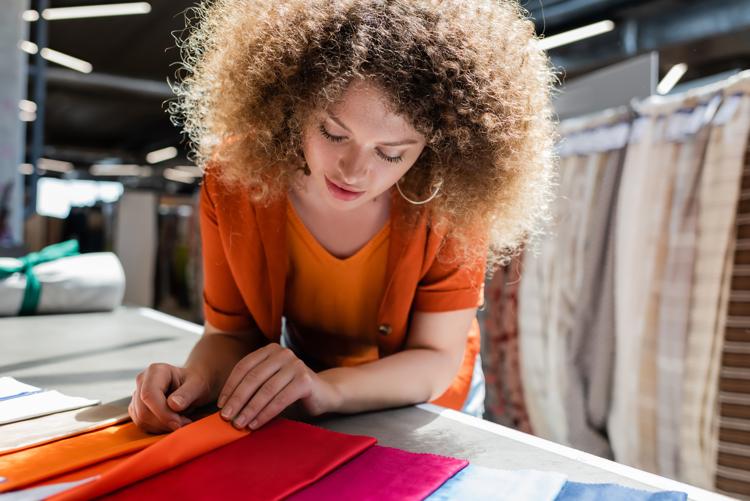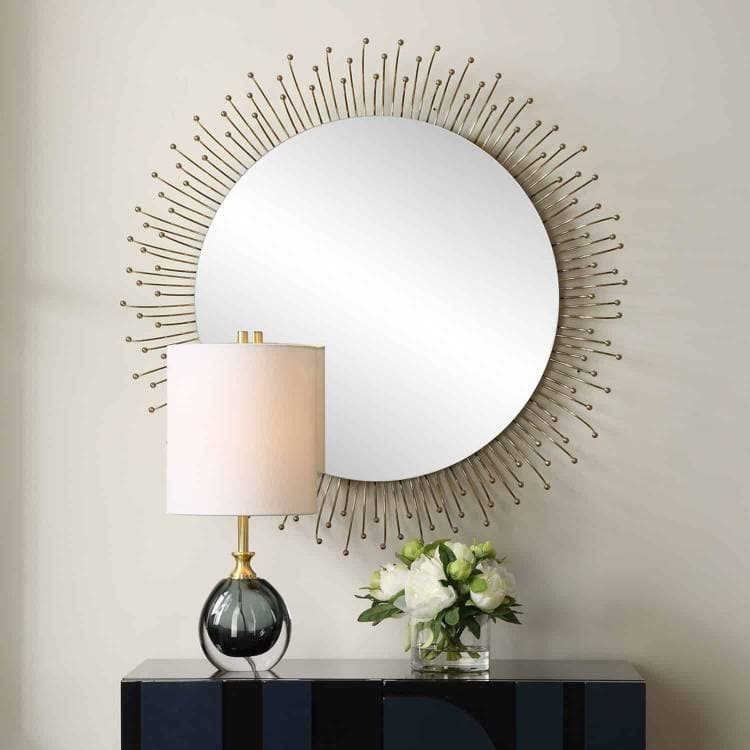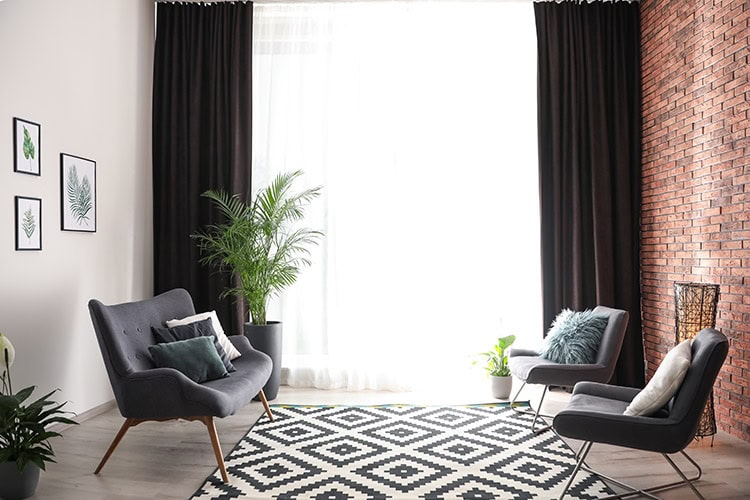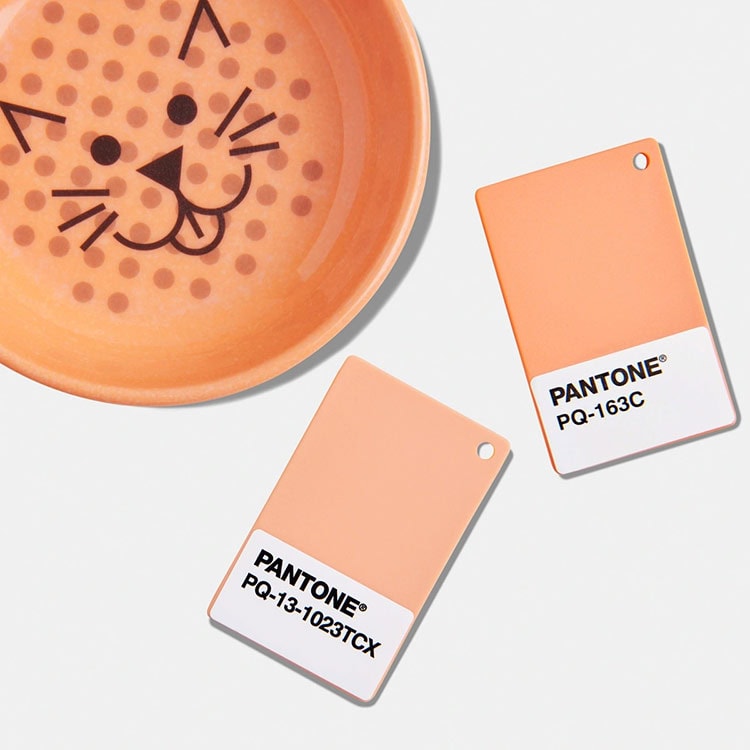The furnishings we choose are an (yes, expensive) investment that turn our house into a comfortable home. If we wish to retain the beauty and value, however, it’s important that the fabrics receive continuous care. In all honesty, regular maintenance on furniture doesn’t require much effort–yet many people forget to go through even the basic motions.
Looking after the upholstered fabrics in your home will not only keep them looking great today but also through the years ahead. To help make your furniture maintenance easier, here are some guidelines on how to enjoy your fine furnishing without a worry for years to come. Who knows, with some regular TLC, your piece might just become heirlooms someday!
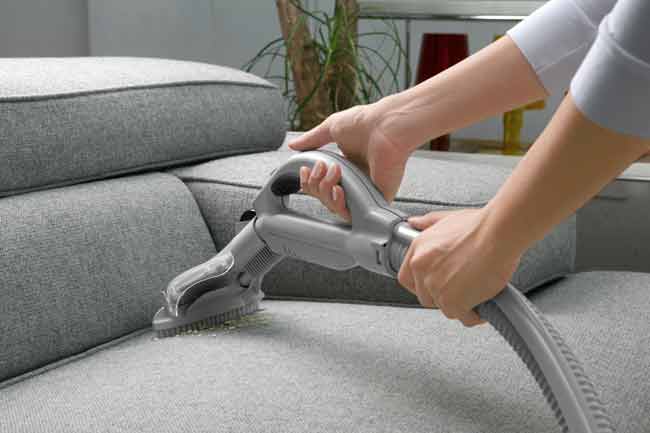
Fabrics Preventative Measures
Preventative measures go a long way in helping your furniture last a long time. Some steps you can take to prevent unnecessary wear include:
- Picking the right fabric from the beginning. One of the biggest mistakes you can make is buying the wrong fabric for the intended use. For example, you won’t necessarily want a white, linen sofa if you have children or pets. Be sure to assess the space and choose fabric accordingly.
- Having your fabric treated prior to use. Ask the retailer if your upholstery fabric comes pretreated with stain repellent. If they are unable to treat it for you, shop around for someone who can. Some fabrics should not be treated so read labels carefully.
- Vacuuming. Dust will always be a constant battle, but vacuuming regularly will keep it from settling deep into the fabric. Use the upholstery attachment to vacuum soft furnishings on a weekly basis. This can help remove evidence of daily use, such as dirt and oils. Pay attention to sneaky areas like creases, folds, and tufted areas. If dirt does settle down deep, read labels to ensure safe cleaning. Not all fabrics must be dry-cleaned. Some can be cleaned with mild soap and water.
- Beating seat cushions by hand. Taking your cushions outside to give them a good whack can really help prevent dust from settling deep into the fibers. While you’re at it, rotate the cushions to ensure even wear.
- Setting food and drink guidelines. If you can enforce a no food, drink, or pet rule on your furniture, go for it. This is often much more attainable in formal rooms of the home than it is in areas designated for busy family life.
Fabrics Routine Maintenance
Routine maintenance can be done weekly, monthly, or yearly depending on what works best with your schedule or what’s necessary for your furniture. Some routine procedures to focus on may include:
- Rotating seat cushions frequently. Flipping and rotating sofa and chair cushions will help you achieve consistent wear. For best results, rotate them weekly.
- Protecting upholstered pieces from the elements. Excessive heat, light, cold and moisture aren’t ideal for upholstered furnishings. Ultraviolet rays can contribute to fading and discoloration of your fabrics and humidity can invite mildew. For more uniform fading, try rearranging your furniture when possible or keep really special pieces away from windows altogether. Avoid placing furniture too close to heating or air conditioning vents. Doing these things, along with keeping the humidity low in the house, will keep your pieces looking fresh.
- Treating it kindly. Furniture is not indestructible. Avoid standing or jumping on furniture. Keep sharp objects away so the fabric isn’t scratched or torn. Use arm caps to absorb natural body oils. These are just a few things you can do to prolong your furniture’s good condition.
- Giving it a deep cleaning. Once a year, make sure your soft furnishings get a deep cleaning treatment. Many homeowners have an upholstery cleaning machine of some kind at home. If you don’t, however, there are several professional cleaning services that can do the work for you.
- Washing what you can. If your cushions have removable covers that are machine washable, add them to your to-do list. Before you do, however, always double check the label to verify care instructions. A good rule of thumb is to turn covers inside out, wash in cold water to prevent fading, and air dry to prevent shrinkage. Additionally, you should consider having the rest of the piece cleaned at the same time to avoid a mismatch in color.
Overall, leather can be treated in the same manner–however, there are some differences. In most cases, leather can be treated with non-acidic soap and water. For best results blot, rather than rub, and then let air-dry. For more stubborn stains, use an absorbent cloth or sponge. Be sure to rub side to side, rather than in a circle.
Understanding Fabric Cleaning Codes on Labels
Some fabric manufacturers follow a cleaning standard, so to speak, marking labels with specific codes in order to make maintenance easier. Here is the list of codes you may see and what they mean.
- Code “W” means to use a water-based cleaner. Spot clean with detergent and then vacuum when dry. Avoid over-wetting the area.
- Code “S” means to use a solvent cleaner. Spot clean with a water-free solvent or dry cleaning agent. Always pretest a small section beforehand to ensure it doesn’t spot or shrink. Use in a well-ventilated room.
- Code “S/W” means a water-based or solvent cleaner can be used. Follow the guidelines above regarding W and S depending on which form of cleaner you decided to use.
- Code “X” means vacuum only. These fabrics cannot be cleaned with any cleaning agents. In extreme cases contact a professional furniture cleaning service.
Again, no fabric is 100% damage proof and it’s up to the owner to treat it well. Using the above guidelines can help keep your furniture looking its best.
When you come in to see us at our Cutting Corners location in Dallas, Tx, please ask an associate if you have any additional questions on this!





